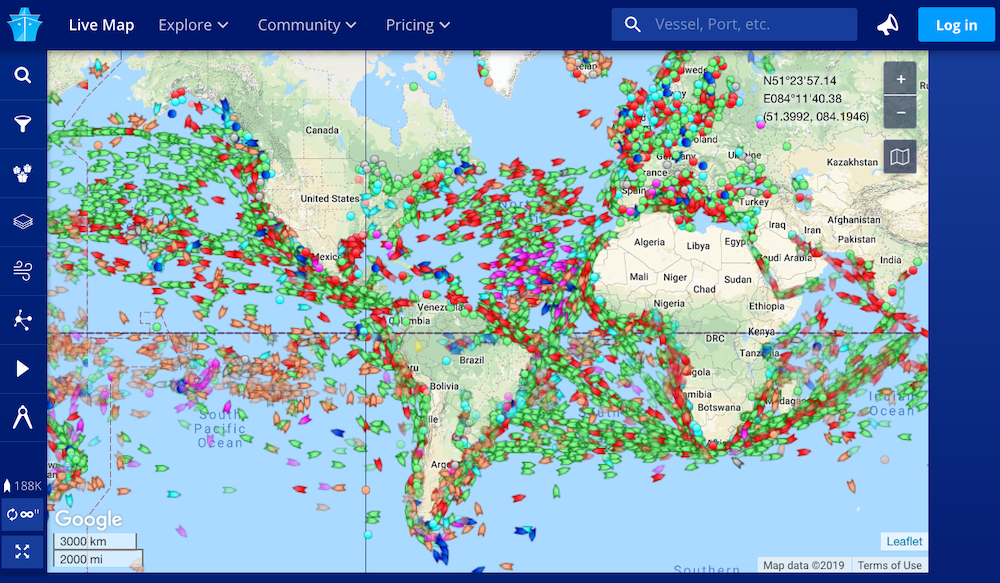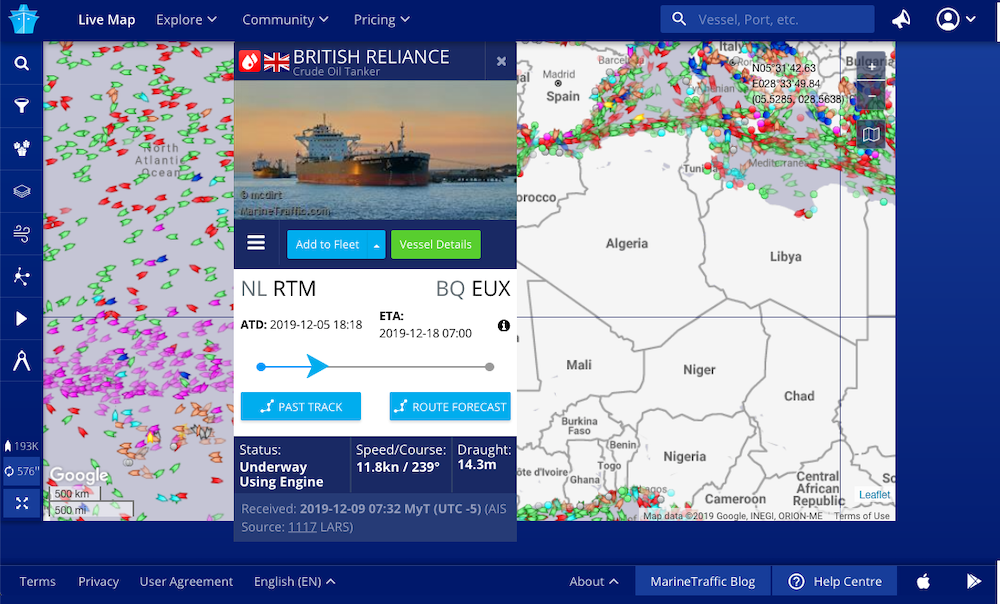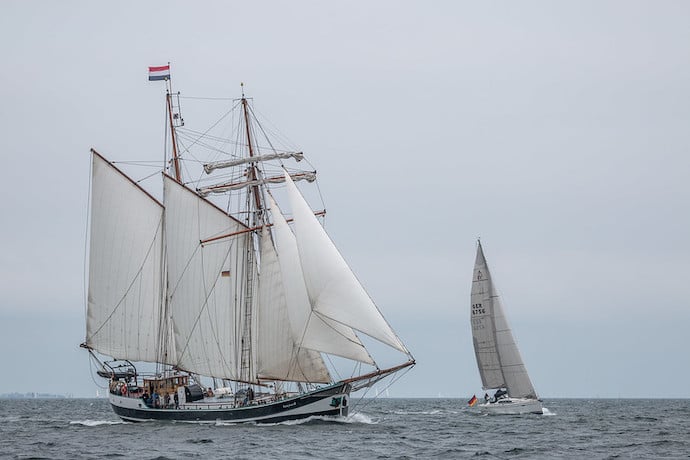Tens of thousands of ships sail out on the oceans and in harbors all over the world: how do people keep track of them all? Imagine you need something from a boat that is supposed to arrive today or later this week from faraway. You could wait on the docks for days.
AIS (Automatic Identification System) is a technology ships use to broadcast data to identify themselves to other ships. The data includes the location and name of their ship. Stations around the world capture ship data. Websites like MarineTraffic.com collect that information and display it on maps. Shipping companies also use AIS data to know when their ships will arrive.
People like me who love to be near water and watch boats use MarineTraffic.com to find out what ships are arriving and departing in a harbor. And if there’s a mysterious ship, the website helps look up details about that ship, including where it was built and where it’s going next.
If you want to follow boats in a harbor or ocean near you, the website is easy to use. Go to the MarineTraffic.com website and click around. On their home page, there’s lots of little boat shapes in green, red, blue, and grey. Hover your mouse over a shape to see details about a ship. Click on a shape to see a popup with details about the ship. If you sign up for free with a parent’s email address, there’s more features to use.

The Explore link at the top center of their website provides a dropdown list of different ways to explore data about boats and harbors and lighthouses. I found the Oliver Hazard Perry, a three-masted sailing ship docked in the Newport Harbor port, a ship I visited last summer. The website includes lots of photos people have taken of the ship underway in open water. If you search for FDNY, you can see all the boats used by the New York City Fire Department.
Perhaps more fun, once you find a ship, the website lets you create your own fleet of ships to follow.
MarineTraffic.com is a great example of using technology to solve problems — how to keep ships from crashing into each other and tracking ships as they travel oceans and rivers. It’s a bonus that people who love boats also can use the website to identify ships as they sail past.

Learn More
Automatic Identification System
https://en.wikipedia.org/wiki/Automatic_identification_system
AIS
https://www.navcen.uscg.gov/?pageName=aismain
Typical range of AIS
https://help.marinetraffic.com/hc/en-us/articles/203990918–What-is-the-typical-range-of-the-AIS-
AIS – A Brief History
https://globalfishingwatch.org/data/ais-for-safety-and-tracking-a-brief-history/
Turning off AIS – Going dark
https://globalfishingwatch.org/data/going-dark-when-vessels-turn-off-ais-broadcasts/










